Isoerysenegalensein ECAS# 478158-77-9 |

Quality Control & MSDS
3D structure
Package In Stock
Number of papers citing our products
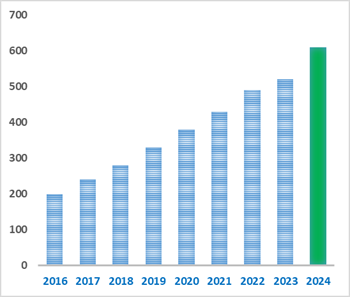
| Cas No. | 478158-77-9 | SDF | Download SDF |
| PubChem ID | 5318561 | Appearance | Powder |
| Formula | C25H26O6 | M.Wt | 422.5 |
| Type of Compound | Flavonoids | Storage | Desiccate at -20°C |
| Solubility | Soluble in Chloroform,Dichloromethane,Ethyl Acetate,DMSO,Acetone,etc. | ||
| Chemical Name | 5,7-dihydroxy-6-(2-hydroxy-3-methylbut-3-enyl)-3-(4-hydroxyphenyl)-8-(3-methylbut-2-enyl)chromen-4-one | ||
| SMILES | CC(=CCC1=C(C(=C(C2=C1OC=C(C2=O)C3=CC=C(C=C3)O)O)CC(C(=C)C)O)O)C | ||
| Standard InChIKey | MHYBVRYBSLBMGT-UHFFFAOYSA-N | ||
| Standard InChI | InChI=1S/C25H26O6/c1-13(2)5-10-17-22(28)18(11-20(27)14(3)4)23(29)21-24(30)19(12-31-25(17)21)15-6-8-16(26)9-7-15/h5-9,12,20,26-29H,3,10-11H2,1-2,4H3 | ||
| General tips | For obtaining a higher solubility , please warm the tube at 37 ℃ and shake it in the ultrasonic bath for a while.Stock solution can be stored below -20℃ for several months. We recommend that you prepare and use the solution on the same day. However, if the test schedule requires, the stock solutions can be prepared in advance, and the stock solution must be sealed and stored below -20℃. In general, the stock solution can be kept for several months. Before use, we recommend that you leave the vial at room temperature for at least an hour before opening it. |
||
| About Packaging | 1. The packaging of the product may be reversed during transportation, cause the high purity compounds to adhere to the neck or cap of the vial.Take the vail out of its packaging and shake gently until the compounds fall to the bottom of the vial. 2. For liquid products, please centrifuge at 500xg to gather the liquid to the bottom of the vial. 3. Try to avoid loss or contamination during the experiment. |
||
| Shipping Condition | Packaging according to customer requirements(5mg, 10mg, 20mg and more). Ship via FedEx, DHL, UPS, EMS or other couriers with RT, or blue ice upon request. | ||
| Description | 1. Isoerysenegalensein E shows significant cytotoxicity against HL-60 cells, it induces apoptosis in HL-60 cells through activation of the caspase-9/caspase-3 pathway, which is triggered by mitochondrial dysfunction. 2. Isoerysenegalensein E shows anti-estrogenic activity comparable to that of 4-hydroxytamoxifen, a typical estrogen receptor antagonist. |
| Targets | Caspase | Estrogen receptor | Progestogen receptor |

Isoerysenegalensein E Dilution Calculator

Isoerysenegalensein E Molarity Calculator
| 1 mg | 5 mg | 10 mg | 20 mg | 25 mg | |
| 1 mM | 2.3669 mL | 11.8343 mL | 23.6686 mL | 47.3373 mL | 59.1716 mL |
| 5 mM | 0.4734 mL | 2.3669 mL | 4.7337 mL | 9.4675 mL | 11.8343 mL |
| 10 mM | 0.2367 mL | 1.1834 mL | 2.3669 mL | 4.7337 mL | 5.9172 mL |
| 50 mM | 0.0473 mL | 0.2367 mL | 0.4734 mL | 0.9467 mL | 1.1834 mL |
| 100 mM | 0.0237 mL | 0.1183 mL | 0.2367 mL | 0.4734 mL | 0.5917 mL |
| * Note: If you are in the process of experiment, it's necessary to make the dilution ratios of the samples. The dilution data above is only for reference. Normally, it's can get a better solubility within lower of Concentrations. | |||||

Calcutta University

University of Minnesota

University of Maryland School of Medicine

University of Illinois at Chicago

The Ohio State University
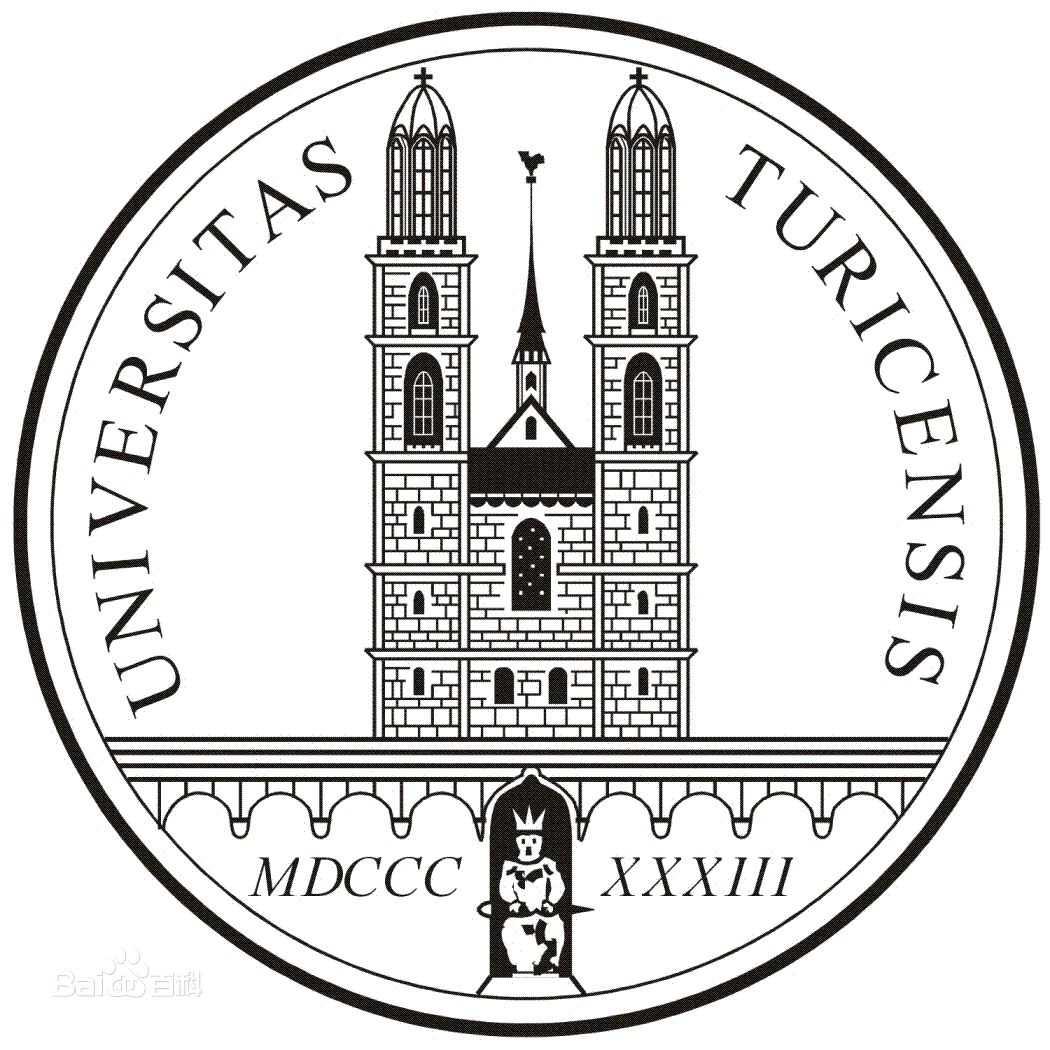
University of Zurich

Harvard University

Colorado State University
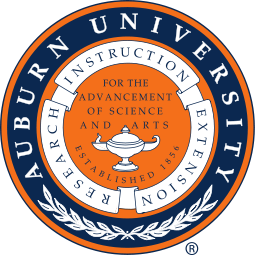
Auburn University

Yale University

Worcester Polytechnic Institute

Washington State University

Stanford University

University of Leipzig
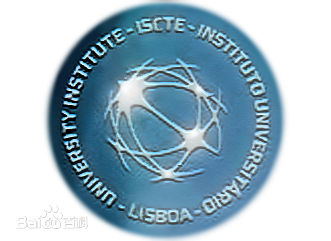
Universidade da Beira Interior
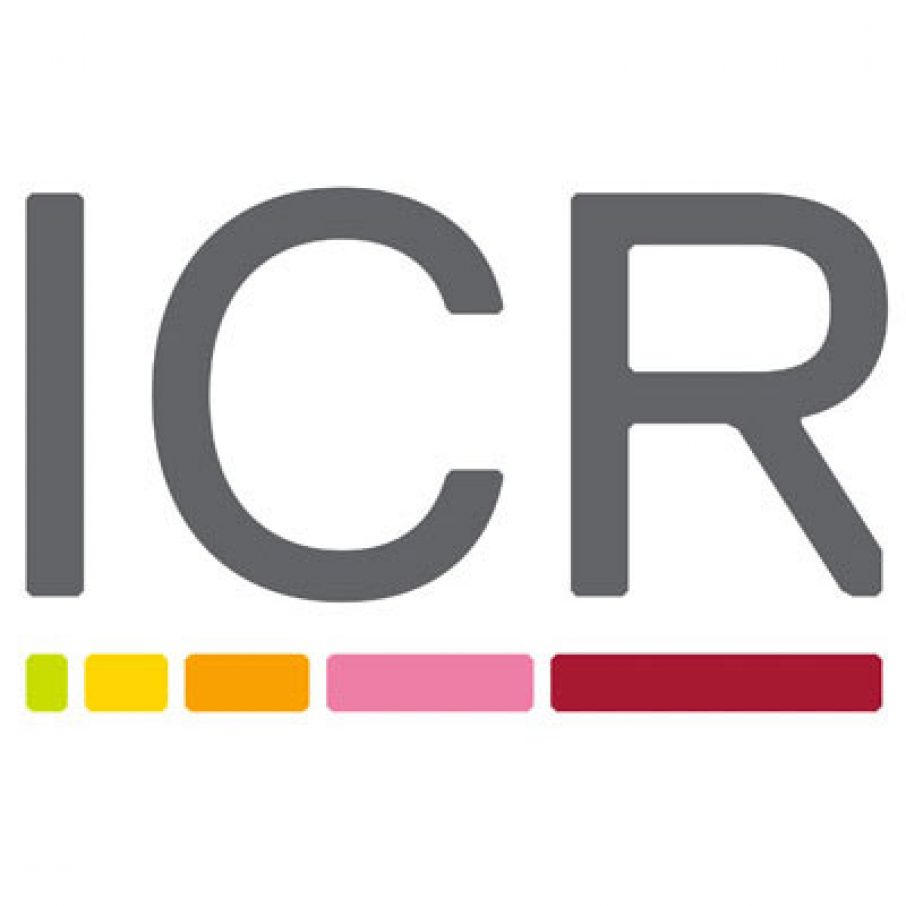
The Institute of Cancer Research

Heidelberg University

University of Amsterdam

University of Auckland

TsingHua University
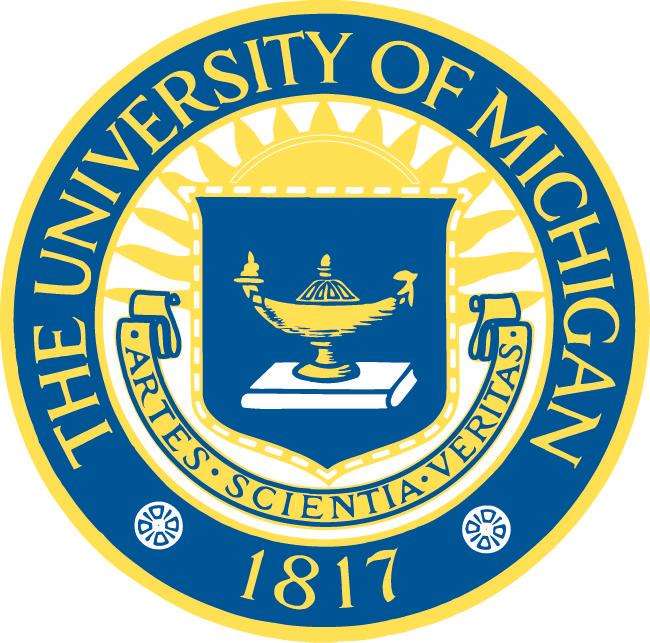
The University of Michigan

Miami University

DRURY University
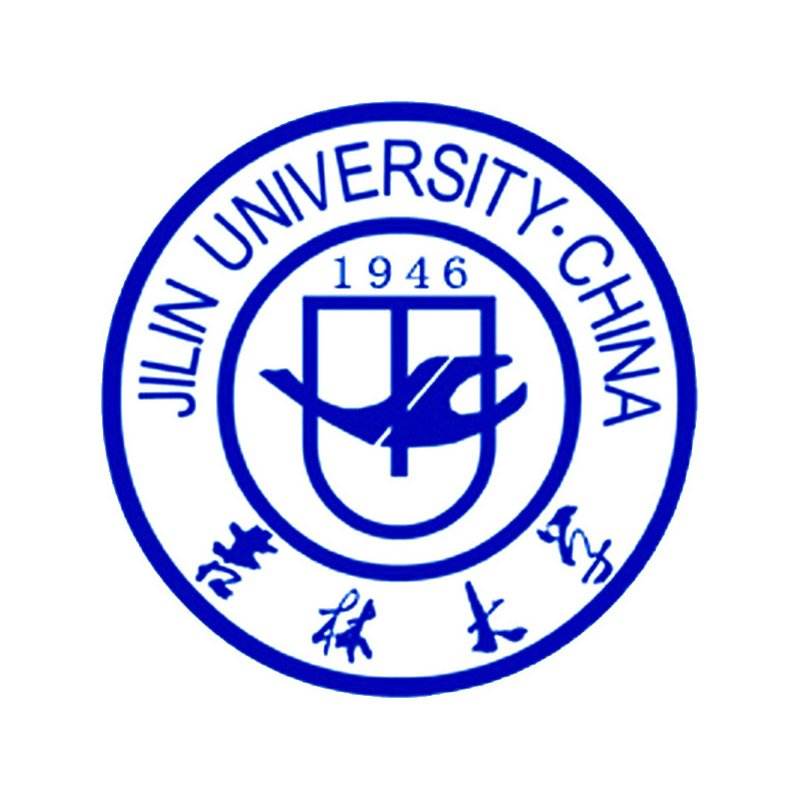
Jilin University

Fudan University

Wuhan University

Sun Yat-sen University

Universite de Paris

Deemed University

Auckland University
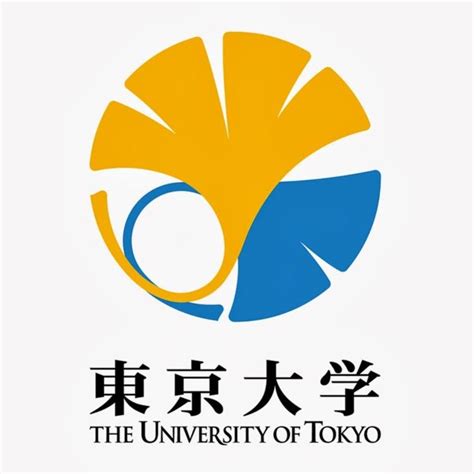
The University of Tokyo

Korea University
- PHA 543613 hydrochloride
Catalog No.:BCC5972
CAS No.:478149-53-0
- Pseudococaine
Catalog No.:BCN1902
CAS No.:478-73-9
- Berbamine
Catalog No.:BCN5543
CAS No.:478-61-5
- Rhein
Catalog No.:BCN5947
CAS No.:478-43-3
- Droserone
Catalog No.:BCN7985
CAS No.:478-40-0
- Eleutherin
Catalog No.:BCN8475
CAS No.:478-36-4
- Pseudoaspidin
Catalog No.:BCN6386
CAS No.:478-28-4
- Lucidin
Catalog No.:BCC1709
CAS No.:478-08-0
- Nobiletin
Catalog No.:BCN5542
CAS No.:478-01-3
- Neostenine
Catalog No.:BCN5541
CAS No.:477953-07-4
- 3-(2-Glucosyloxy-4-methoxyphenyl)propanoic acid
Catalog No.:BCN7068
CAS No.:477873-63-5
- PIM-1 Inhibitor 2
Catalog No.:BCC2446
CAS No.:477845-12-8
- R-1479
Catalog No.:BCC1878
CAS No.:478182-28-4
- Gabapentin enacarbil
Catalog No.:BCC4239
CAS No.:478296-72-9
- 4-Hydroxymethylphenol 1-O-rhamnoside
Catalog No.:BCN7750
CAS No.:478314-67-9
- ISO-1
Catalog No.:BCC5427
CAS No.:478336-92-4
- CP 339818 hydrochloride
Catalog No.:BCC7048
CAS No.:478341-55-8
- Kisspeptin 10 (rat)
Catalog No.:BCC6132
CAS No.:478507-53-8
- Zopfiellamide A
Catalog No.:BCN1865
CAS No.:478945-64-1
- Angiotensin 1/2 (1-6)
Catalog No.:BCC1036
CAS No.:47896-63-9
- Calcium-Sensing Receptor Antagonists I
Catalog No.:BCC1448
CAS No.:478963-79-0
- Coumestrol
Catalog No.:BCN3949
CAS No.:479-13-0
- Dyphylline
Catalog No.:BCC2297
CAS No.:479-18-5
- Atranorin
Catalog No.:BCN5544
CAS No.:479-20-9
Three new isoflavonoids from Erythrina caffra.[Pubmed:25115087]
Nat Prod Commun. 2014 Jun;9(6):817-20.
Three new isoflavonoids, 5,7-dihydroxy-2',4'-dimethoxy-5'-(3-methylbut-2-enyl) isoflavanone (erycaffra A) (1), 5,7-dihydroxy-2',4'-dimethoxy-5'-(2-hydroxy-3-methylbut-3-enyl)isoflavanone (erycaffra B) (2), and 5,7-dihydroxy-6,8-di-(2-hydroxy-3-methylbut-3-enyl)isoflavone (erycaffra C) (3), were isolated from the stem bark of E. caffra Thunb., along with eight known compounds, namely, alpinumisoflavone (4), Isoerysenegalensein E (5), beta-amyrin (6), oleanolic acid (7), octacosyl-E-ferulate (8), triacontyl-4-hydroxycinnamate (9), n-tetracosyl p-coumarate (10) and octacosan-1-ol (11). The structures were determined on the basis of spectroscopic (1D, 2D-NMR) and MS data and by comparison with literature values.
Induction of apoptosis by isoflavonoids from the leaves of Millettia taiwaniana in human leukemia HL-60 cells.[Pubmed:16557456]
Planta Med. 2006 Apr;72(5):424-9.
We have isolated two new isoflavonoids, millewanin-F (1) and furowanin-A (2), together with five known isoflavonoids from the leaves of Millettia taiwaniana Hayata (Leguminosae) and examined their effects on the growth of human leukemia HL-60 cells. Among the isolated isoflavonoids, furowanin-A (2), warangalone (3), isoerysenegalensein-E (4), and euchrenone b10 (6) showed significant cytotoxicity against HL-60 cells. After treatment with three of the cytotoxic isoflavonoids, furowanin-A (2), warangalone (3), and isoerysenegalensein-E (4), fluorescence microscopy with Hoechst 33,342 staining revealed that the percentage of apoptotic cells with fragmented nuclei and condensed chromatin increased in a time-dependent manner. In addition, the activities of caspase-9 and caspase-3 were also enhanced in a time-dependent manner upon treatment with the isoflavonoids 2, 3, and 4. Caspase-9 and caspase-3 inhibitors suppressed apoptosis induced by isoflavonoids 2, 3, and 4. These results suggest that the isoflavonoids induced apoptosis in HL-60 cells through activation of the caspase-9/caspase-3 pathway, which is triggered by mitochondrial dysfunction.


